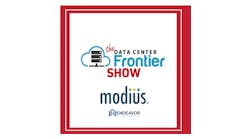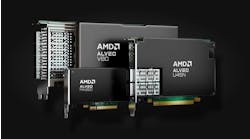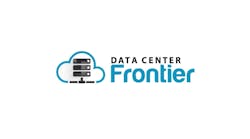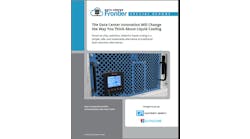2023 Sustainability Trends: Is reliance on data centers a basic human necessity?
The world is a fascinating place made up of diverse cultures, economic levels, and opinions. Nonetheless, there are general emerging truths that affect the data center industry. For starters, we are using up Earth’s resources faster than our planet can reproduce them. We now rely on energy as a basic human need, and we are rapidly proliferating our reliance on energy daily. In fact, the digitization of nearly all aspects of our lives is a growing reality that continues to re-invent itself.
In a nutshell, the planet needs human assistance, yet our reliance on energy is increasing in an ever-evolving digital world.
A data center of any kind – whether it’s small, medium, large, extra-large – plays a role in all three of these macro-truths. Over 20 years ago, the data center industry collectively identified the value of energy efficiency and championed minimizing energy usage in large scale data centers with tangible results. And we’re not yet done! Edge computing is expected to overtake core data center energy usage by 2040. Due to its role in 5G and IIOT, edge computing will require micro-datacenters at a buildout level exceeding the hyperscale construction we see today. As we move into 2023, awareness about the need for sustainable data centers of all sizes will reach a tipping point as frontline and C-level IT professionals and data center operators move away from appetite for change towards action.
Relying On Data Centers for our Basic Needs
Our reliance on electrical energy started with basic human necessities like refrigeration and lighting. Over the decades, industrial applications forced the need for larger electrical energy sources and more complex distribution. Data centers now represent approximately 1-2% of the world’s energy usage, with core data center buildouts expected to double in the next 15 years. The trend towards digitization is responsible for rising energy consumption levels and, in turn, increased data center energy requirements. As a result, reliance on data centers as a basic human necessity is a likely expectation. Just look at news reports about a hurricane-ravaged area. The first comments regarding infrastructure are typically the deterioration of roads, potable water, refrigeration, and communication. At least two of those critical needs are directly related to energy usage and communication – both of which flow through a data center.
Simply put: Energy is a basic human need. At the same time, data center applications continue to increase in criticality, creating a subsequent expectation for the reliance on both energy and digital capabilities to live. Hyperscale data center buildout currently underway will not skip a beat, regardless of macro-economic and geo-political influences coming our way in the future. In addition, operational technologies converging with information technologies will become the largest force behind the need for critical power and cooling resilience.
Sustainability, energy resilience, and digitization reliability are, therefore, the new tenets of the data center industry. In fact, problem-solving skills in these critical areas formulate future job descriptions for IT professionals, data center operators, and the multiple layers of vendors and service providers. To help a dedicated professional progress in these key areas, we can look at practical suggestions for 2023. The hardest to conceptualize – and therefore most difficult to focus on – is sustainability. Like any complex problem, we can best confront it by looking at it from a high level and then breaking it down into digestible steps.
- Step 1: The starting point in addressing data center sustainability is to define the problem by determining a set of measurable items. As we once addressed energy efficiency, we will be best served by having broad agreement on the key measures of data center sustainability. The five key areas of Energy, Greenhouse Gas emissions (GHG), Water, Waste, and Biodiversity can be broken into tangible standardized metrics that can be mutually benchmarked for goal-setting purposes.
- Step 2: After the metrics are established, focus can shift to leveraging the proper measurement tools where data center infrastructure management (DCIM) 3.0 will play a central role.
- Step 3: Once established, measurement tools will yield numbers to determine current sustainability success and gaps. For instance, Product Environmental Profiles (PEP) are essential numbers when assessing the state of GHG.
Standardization of critical power and cooling infrastructure takes the guesswork out of ensuring energy resilience and digitization reliability. We have made progress with configuration tools and integrated prefabricated/micro datacenter solutions that exist today to map out replicable and manageable critical infrastructure. Armed with these solutions, data center industry and IT/OT professionals can leverage the right sustainability measures to create reliable, resilient, and secure power and cooling infrastructure in 2023 and beyond.
Adam Compton is Director of Strategy for Schneider Electric. For more information, consult these resources: Data center sustainability metrics, Data Center Infrastructure Management (DCIM) 3.0, Product Environmental Profiles (PEP), Best Practices to Deploy Sustainable and Resilient Data Centers at Scale at the Network Edge:






